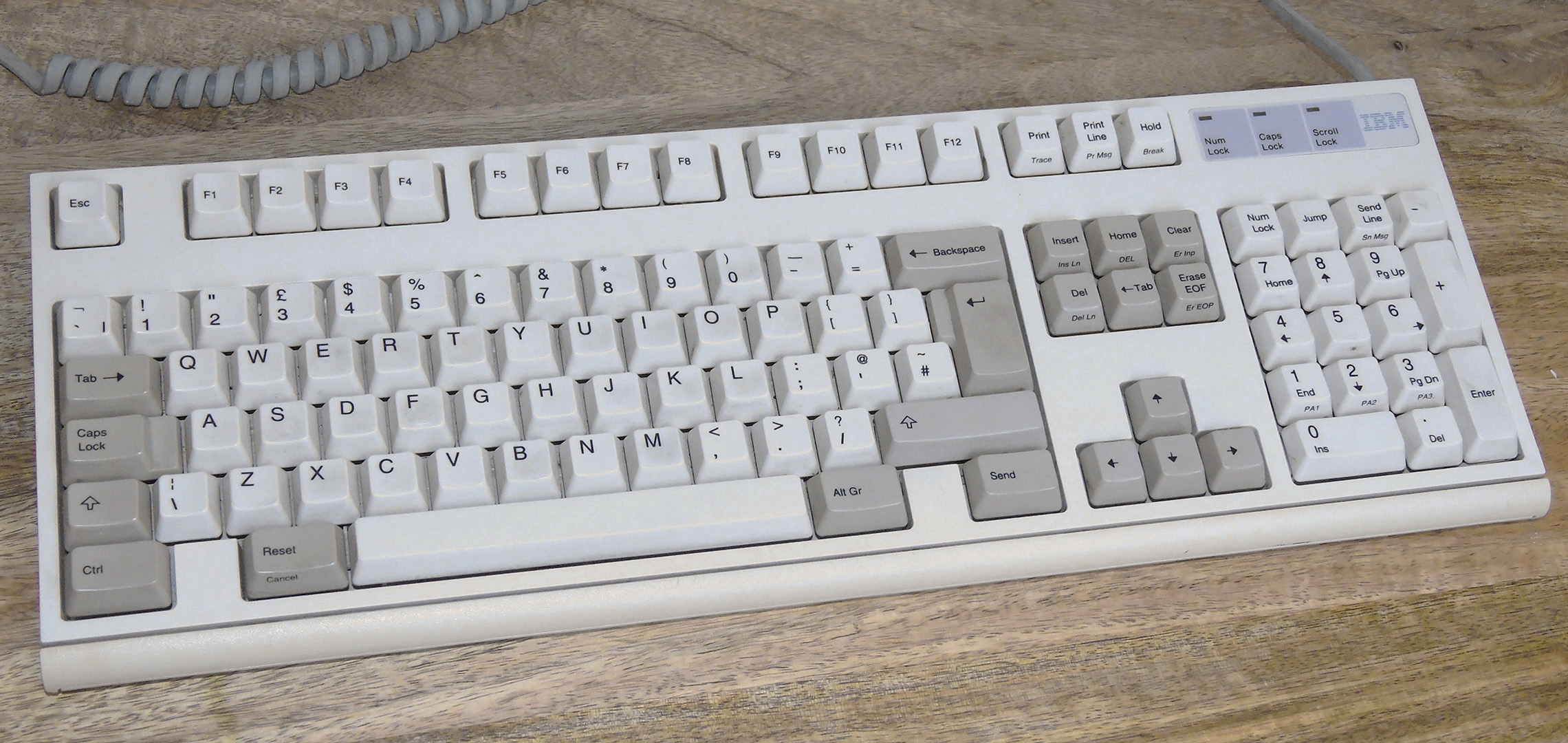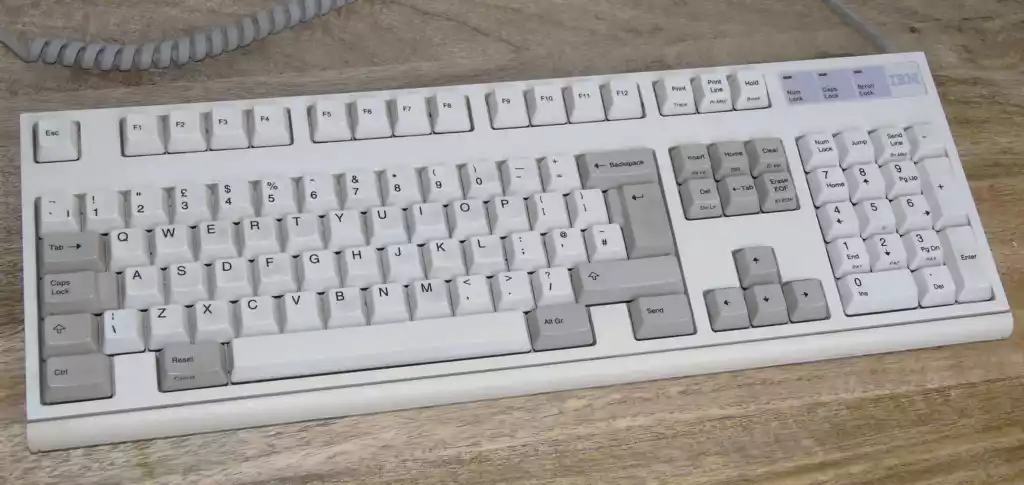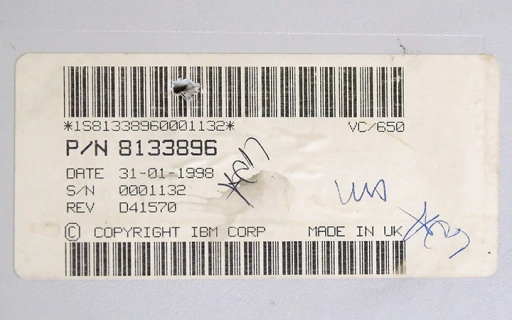JavaScript disabled or not supported
It appears you have prevented JavaScript from running in your web browser or are using a web browser that does not support JavaScript. Admiral Shark's Keyboards presently requires JavaScript for quality-of-life features like switching between light/dark mode, navigating via title or image and copying search query links, and is necessary for the keyboard matrix simulators, keyboard property modals, interactable slideshows and image size optimisation. Please consider enabling JavaScript or using a web browser that supports it for a fully-featured and correctly working experience. If you have suggestions for reducing JavaScript dependency, feel free to let me know.



